Milked Out.
Posted on | March 30, 2014 | 4 Comments
So we’ve been busy picking up sticks around here.
And milking.
Mostly milking.
Usually I only have 2 does in milk at a time. Milk from 1 large doe (a Nubian or a Toggenburg) and 1 Nigerian dwarf can easily meet all the dairy needs of our family of 6. Plus provide extra milk for any spring bottle babies and the pigs and the garden. But last fall I bred all 4 of my does. Kind of because I thought it was a good idea. Kind of because I sold my only 2 does in milk and we had to go 4 months without any fresh goat milk so we were jonesing for it. Kind of because I retired a couple goats last year and my goat barn felt like it needed to have a million goat kids to feel full again. Kind of because when I went outside and found a doe with her head stuck in the fence of the buck pen it was easier (and quieter) to just let a buck out to service her than to lock her up with separate feed and water in the back pen for a few days until her heat passed. Kind of because I assumed at least 1 or 2 of the does wouldn’t actually get pregnant but would pretend to be pregnant by not having a second heat and get really fat and lazy and only 155 days after “being bred” would I realize she wasn’t actually pregnant and I’d have to breed her in the spring for a fall kidding. At least 1 goat does that to me every year. But not this year.
This year every doe kind of decided to kid and once the babies were on the ground and the placentas were cleaned up, we had the most lovely dairy goat honeymoon season. In case you’re not familiar with the honeymoon stage of dairy goats it involves the period of time when the doe is producing plenty of milk but still has nursing kids by her side. This allows you to make daily choices about your milk delivery system. You can:
1. Separate the kids at night, milk the does in the morning, and then release the kids back to them during the day. The kids will nurse all day, relieving the need to milk in the evening or bottle feed the kids. This provides enough milk for our family and milk for the goat kids.
2. Realize there’s no time to milk in the morning and still get to the kids’ school for Wax Museum Day. Also, recognize there’s no time to milk in between picking up kids from sports practice, making dinner, and getting to work in the evening. So just leave the goat kids with the does all day and night and let the does onto the milkstand once, at some random afternoon time, and get whatever milk is available. This is usually at least 2 quarts of milk, which is plenty of milk for the day.
3. Decide it is too cold to sit on the freezing milk stool (AKA upside down 5 gallon bucket) or deprive the babies of their mother’s body heat and warm milk and leave the goats and kids together all day and night, throw down some grain and fresh water, and hurry back to the heat of the woodstove inside the house. Drink yesterday’s milk.
4. Separate the kids at night with the intention of milking in the morning, wake up to temperatures below freezing, quickly run out and release the kids from the kidding barn so they can alleviate the discomfort of their mothers’ overflowing udders, return to the warmth of the down comforter in bed, and hope that afternoon temperatures are more conducive to milking. If they aren’t, remind The Other Half that it is his turn to milk.
Basically, the dairy goat honeymoon is a milk-whenever-it’s-warm-or-convenient-or-the-milk-supply-in-the-farm-fridge-is-dwindling situation. With the added benefit of lots of cute and cuddly goat kids to hold. It’s the season of having your milk and drinking it, too. It’s when owning dairy goats is so easy and milk is so abundant and goat kids are so darling that you believe anyone without dairy goats is an absolute moron.
Too bad stability is the not the strongest characteristic of farming. No, the farm is offended by constancy, bored with steadfastness, in love with fluctuation. So before long, those adorable goat kids were fighting to sit on my lap during milking. Or chewing my hair when I was gathering eggs. Or trying to suck the drawstring out of the hood on my barn coat when I was fixing the waterer. And the time spent not milking was spent postings baby goats for sale on craigslist.
Luckily, it was great year for goat sales. Everyone I know sold their goat kids quickly and easily. Our sales were helped along by two important factors. The first was an accidental scheduling of 2 prospective buyers at the same time. At first the awkwardness was a bit uncomfortable. But then when the families started carrying their favorite goat kids around, refusing to put them down, and asking if they could pay a deposit immediately before “someone else” did, I recognized this method had it advantages. I sold 4 goat kids that afternoon.
The second factor was the ridiculous friendliness of Carmen’s babies. Her twin doelings and solid white buckling were like debutantes at their first ball. Every visitor was treated to acrobratic twirling and joyful frolicking, topped off with gentle nose kisses and lap napping. Even when Carmen’s babies were already sold and deposits paid, visitors were so impressed with their “joie de vivre” they just couldn’t leave without a baby goat of their own.
“Ooooh,” people squealed excitedly as they picked through the goat kids piling onto their laps, climbing onto their shoulders, or munching on their clothing. “What are all their names?”
“We leave the names to the new owners,” I stated, spying my drawstring under the milkstand and snapping it up. I refrained from adding that they probably thought their names were variations of “Stop It”, “Get Down”, and “Knock It Off.” And we all breathed a sigh of relief when disbudding was over, first shots were given, and goat kids started heading for their new homes. Kid money was set aside for grain bills, rolls of hay, and, of course, new goats.
Welcome to Ally, our newest Nigerian dwarf doe.
She has good genes and a great udder with especially long teats that are hard to find in a Nigerian dwarf. Plus it was exciting to add a doe that immediately showed her own “joie de vivre” by headbutting the Great Pyrnenees and raising her ruff threateningly at the other does on her way to check out the feed trough. We love a girl with spirit around here. Being mild-mannered is for sheep, chickens, and super hero alter egos.
But as the money piled up and the number of goat kids declined, the milk production exploded exponentially. Vixen was the first to be left without any kids, meaning she now had to be milked twice a day. Every day. No exceptions.
Which was no big deal. She had the smallest udder of the herd and great orifices so that she milked out quickly.
Besides, after a 4 month break I was happy to be milking again on a regular basis. The mornings were warmer (most of the time), the barn was calmer, my drawstrings were safe, and it was a simple joy to watch the pail filling up and the fresh milk steaming like a morning mist.
Then Julia was down to only 1 kid and so was Vanilla. Which added quite a bit more time to the milking.
I stopped bothering with quart jars and started straining the milk right into the 1/2 gallon containers.
By the time all 3 of Carmen’s kids were picked up by their new owners, I was beginning to get hand cramps before I was finished milking. Doing a 30 second finger flexion stretch became just as important as straining the milk when I came into the house. It made me scream cry uncomfortable but at least it gave me back the use of my hand in an open position again.
In addition, the annoying antics of goat kids on the milkstand paled next to the angry bellowing of the does with engorged udders whenever an early morning sound escaped from the house. It seemed as if the bawling began as soon as the coffee pot automatically clicked on in the mornings.
“I’m coming,” I mumbled as I staggered down the stairs.
On the mornings that I returned home from work, the entire herd emerged from the barn, hollering, as soon as the first inch of gravel crunched under my tires.
“I’m coming!” I griped as I hurriedly hauled in my bag and exchanged my work boots for mud boots.
Do you think we were allowed to sleep in on the weekends? Really?
By the time only 1 kid was left in the barn, the honeymoon was over. I had trouble summoning any of my reasoning behind breeding all of my does, instead of my usual plan of having only 2 does in milk at a time. Having 4 months off from milking during the winter clearly wasn’t worth the readjustment to milking 4 does twice a day. It was becoming pretty clear that I was the absolute moron.
I tried to pace myself each session. I alternated milking a Nigerian dwarf with a larger doe so that my hands could get a break. I always did my largest producer early on because if I had to deal with this udder when my hands were already cramped into claws….
….I would just give up.
I tried this sage 1956 advice from Betty Crocker….
….but I’m not really a 1956 kind of gal.
So I channeled Scarlett O’Hara….
….which made me feel a whole lot better.
Of course, the girls tried to help, too.
Vixen lifted her leg each day to give me easy access and ease the crick in my back.
Sometimes I just had to give Julia’s teats a few squeezes and she milked herself for a while.
Carmen stood steadfast for as long as I took and didn’t even need to have the headgate closed.
And there were some other benefits. With all the goats coming in to eat on the milkstand, I saved a lot of money on grain. All my goats get a grain ration, but the ones not getting milked usually eat out of the main feed trough in the barn. I have a creeper feeder that keeps the pony out. But the sheep, AKA Grain Pigs, can fit under it and they make sure to gobble up more than their fair share of grain. “More than their fair share” means eating any at all, since they have free access hay and don’t need grain. Since I didn’t need to put grain in the main feed trough, I didn’t end up feeding expensive dairy ration to the sheep. Although Simon made a point of sitting with his face resting, forlornly, in the empty trough every day. I wasn’t sure if this was an act of protest or the vain hope that if he stood there long enough, the trough would fill itself. Hard to say. Sheep can be….um, slow sometimes
When Julia developed dry, chapped teats I figured that just added to all my woes. Especially because I initially had difficulty applying the Bova Cream. I would pump some cream onto my hands, rub it between my palms a bit to warm it, and then attempt to apply it to Julia’s teats. But before I put my hands on her, it was already gone.
I checked to see if it had dripped onto my pants.
No.
I checked to see if it dripped onto the milkstand.
No.
I looked at my hands again. Apparently, my farmer hands were not just weary and cramped. They were so dry and chapped that they instantly absorbed the Bova Cream before I could put it on Julia.
Huh.
So a little for me. A little for Julia. And in a week we both had soft and silky smooth skin. Don’t you feel pretty, Julia? Don’t you?
But best of all was all that milk.
We didn’t have any pigs to feed. We didn’t have any bottle babies to feed. I was going to experiment with different types of cheese, but all that milking didn’t leave a lot of time for deciphering the terms in the cheese book. Wha??
Good thing there was an entire chapter on using chevre. Which I already knew how to make. My family loved the Southwest flavored chevre. Excellent as chip dip or on tacos.
I almost didn’t get a picture of the chocolate peanut butter chevre pie before it was all eaten.
Just before I started on the 3 Layer Cheese Bars, I found some people who needed all that extra milk. With 6 gallons a week headed out the door, we started seeing some extra space in the farm fridge and the weekly feed bills were covered. Add in the demand for 6 dozens eggs a week and we were kind of, almost, OMG-could-it-be-true?, making some extra money. As long as The Other Half and I only paid ourselves 25 cents an hour for our milking and chicken care chores.
Eh. It is still farming, after all.
We sold the last goat kid today. Which means another gallon of milk each day.
Thank goodness for Bova Cream, my “real” job (The Other Half gets to milk and I’m making more than 25 cents an hour.), and Kelly Hodges on pinterest.
I don’t know who Kelly Hodges is. But I’m thinking she has more than 4 goats in milk.
Bless her heart.
Comments

4 Responses to “Milked Out.”
Leave a Reply

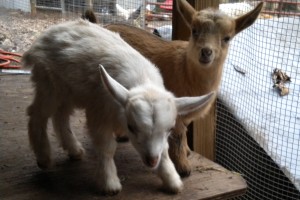
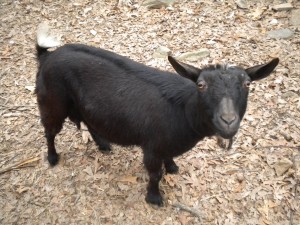
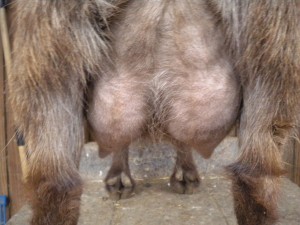
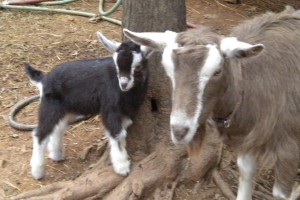
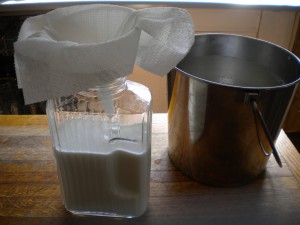

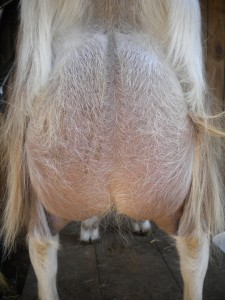
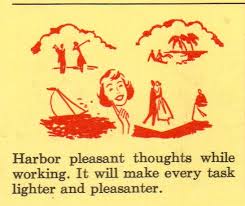

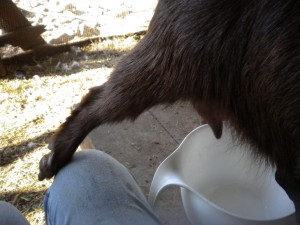

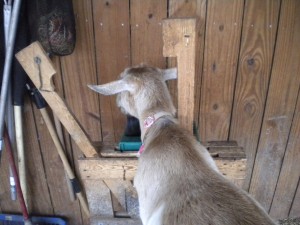
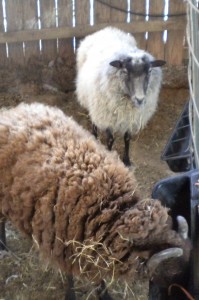
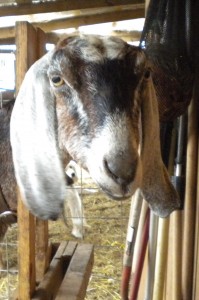
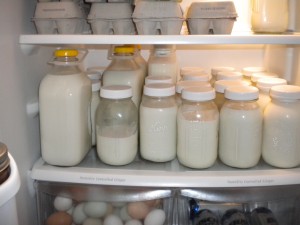
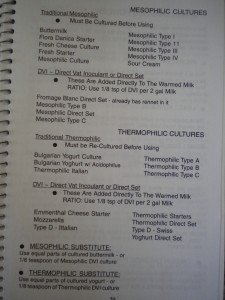
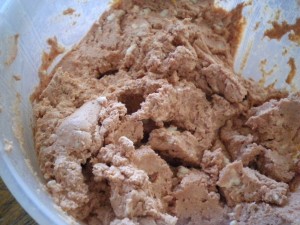
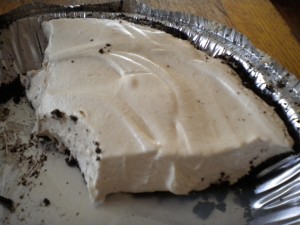



March 30th, 2014 @ 11:36 am
Must be time for Cleopatra’s Buttermilk Bath. I’m thinking Kelly has a bit more “help” than most of us.
March 31st, 2014 @ 4:40 am
Those are my first sexted photos. I was feeling left out of the craze, but now I’m good. lol. You always have something going on over at the farm. When do you rest, my child? Thanks for the 15 minute chat while waiting on our car rider children. I miss seeing you!
March 31st, 2014 @ 12:33 pm
Hmmmmm, maybe I should be glad Uncle Roger sold my 2 young Togs all those years ago!
PS We are really proud of you-all!
April 4th, 2014 @ 7:59 am
Your farm is just what I would have if I A. Didnt have a job B. Didnt live in a 2 bed house that’s 109 years old with only 100 foot garden C. Lived in the USA, my dream life! Although I’d have to sell all the goat milk cos I dont like it! I’d eat all the chickies eggs instead :0) .